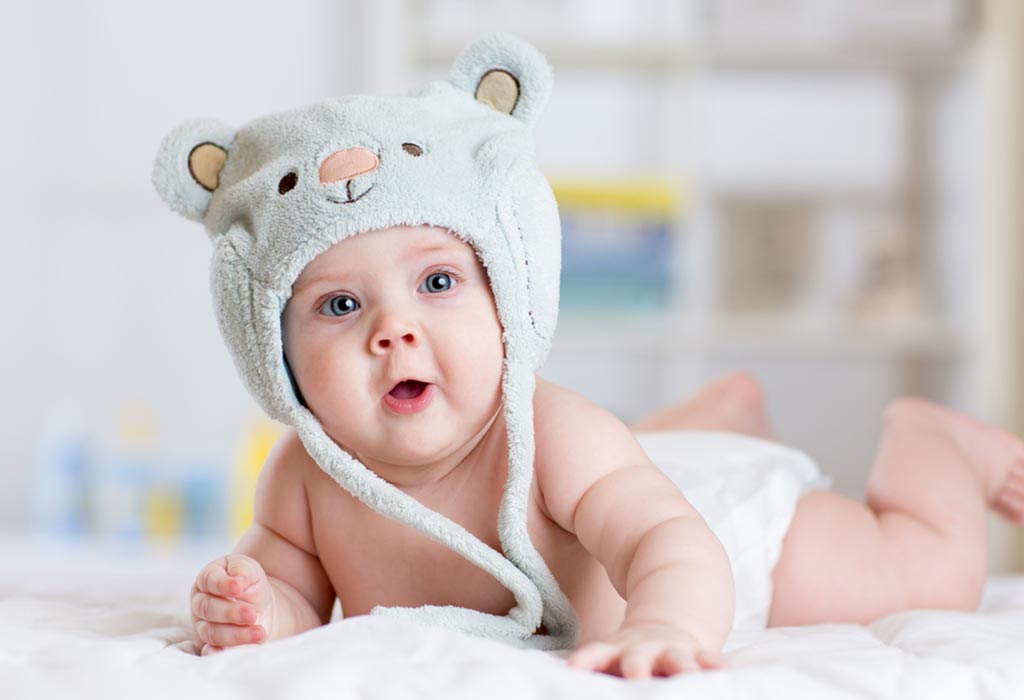Zero Waste Blog, Zero Waste Ideas
Raising A Zero Waste Baby? 5 Tips to Help You Do It
Being a parent isn’t always easy. With it comes commitment, patience, innovation, and open-mindedness. While that’s certainly something to touch on, there’s definitely more to it than that. That’s why I’ll be sharing some zero waste baby tips from actual moms.
Pat Kane who is the force behind Reuzi says “After the baby was born we started to notice that the amount of rubbish at our house was rising at an alarming rate, from plastic wraps and bottles, to random boxes covered in plastic tape, not to mention the mountains of disposable nappies.
Also, due to the lack of time and very will to leave the house with that precious newborn baby, we ended up ordering a lot of things online which meant a bunch of bubble wrapping, plastic film, plastic tape, styrofoam and then a lot of paper. Every night after the last feed I would frustratingly stare at our bin and think.”
Whether you are a new parent, a seasoned parent, or future mom or dad to-be, you are now all too familiar with all these modern trappings. We need to raise our kids to know how to take care of our planet!
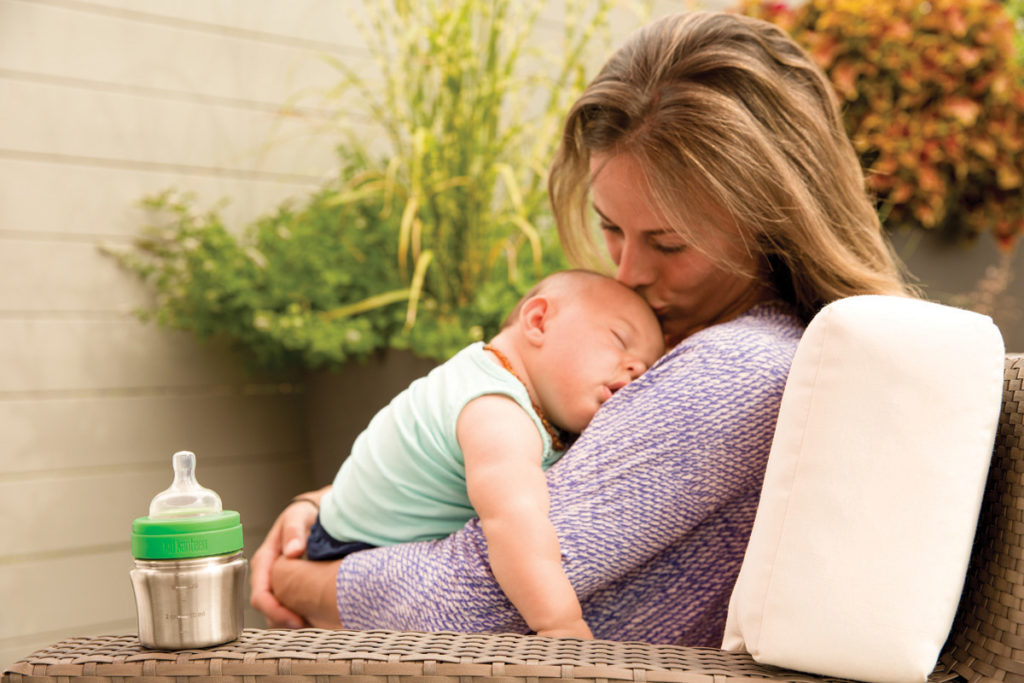
How can I have a zero waste baby?
Having a zero waste baby doesn’t have to cost you a lot of money. It’s actually not all too different from reducing your waste in your own life.
You don’t have to run out and buy all the latest zero waste baby products to have a zero waste baby.
Children are expensive as is, so the goal is to keep a minimalist mindset and make smarter purchases where you can.
Table of Contents
1. Cloth Diapers instead of Disposable Ones
One of the biggest changes was also one of the simplest: swapping throw-away items to reusable alternatives. During the newborn phase, the main danger zones for garbage are related to food and diapers
With conventional single-use diapers, during the first few years of baby’s life you will create a veritable mountain of plastic waste. The Environmental Protection Agency reports that about 20 billion disposable diapers are dumped in landfills each year, accounting for more than 3.5 million tons of waste. Disposable diapers are the 3rd largest consumer item in landfills, and represent 30% of non-biodegradable waste.
Your baby will use between 6,500–10,000 diapers before potty training around 30 months old. If you use disposables and disposable wipes, this costs about $75–$100 a month retail—at least $3,000 per child! Interested in getting started with cloth diapers? Here‘s a great articlethat will help you out.
Sure, it’s not for everyone (or every butt), but why not give cloth diapers a try? They’re not nearly as complicated or unpleasant as you may think: These days you will find a huge variety of different systems, designs and manufacturers to choose from.
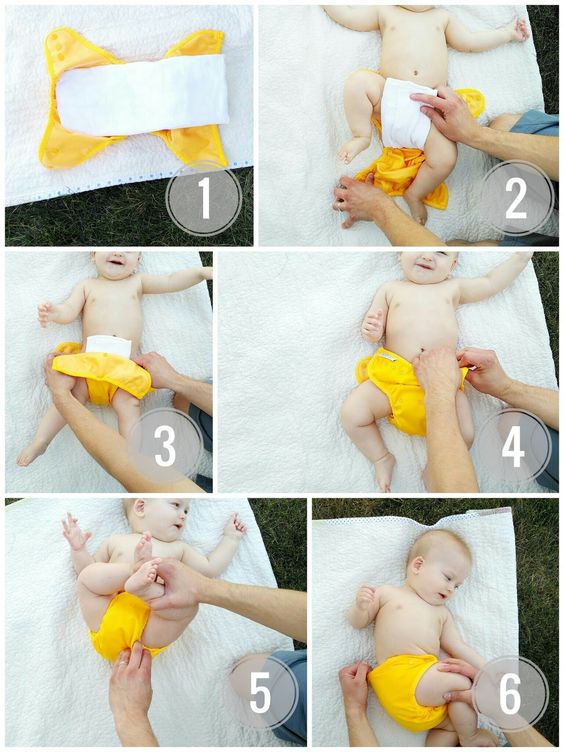
Plus, it’s something you could incorporate into your life as much or as little as you want (you could, for example, just work in using one cloth diaper a day). You can even buy reusable snack pouches for kids. Don’t let yourself get into the habit of one time use food pouches, many moms did and it’s hard to stop.
2. Breastfeed/ Commit to Reusable Products
Obviously the most zero waste baby thing you can do is breastfeed. It requires no plastic pieces, no packing and no waste .
But I know a lot of mom struggled to breastfeed her first and I know sometimes no matter how hard you try it’s just not a possibility. And I want to tell you… It’s OKAY!
If you have the supply and your baby latched properly then breastfeed! This will save you money, time and waste!
If you have the supply but your baby just will not nurse it is going to be okay.
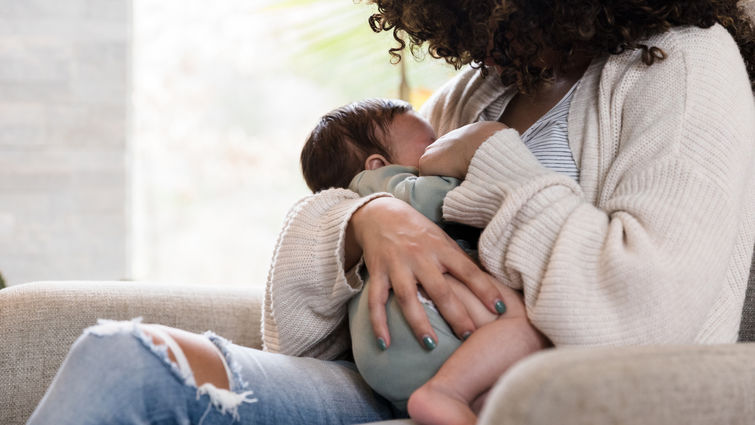
Pumping is a great option If you can do it. All you need is a pump, the pump pieces and some bottles. Breastmilk can always be stored in glass jars or bottles.
If you just don’t have the supply or if pumping is beginning to make you a little crazy. Then, make the switch to formula.
If you are using formula try to buy the largest containers you can. Avoid using the single use packages and bottles. Those are unnecessary and create a lot of waste.
There are tons of amazing glass, silicone, and stainless steel bottles on the market these days so it’s easy to avoid plastic.
3. Zero Waste Baby Food: Seasonal Food
“Breastfeeding is of course a no-waste process,” says Tabea. But as a child moves to solid foods, many people add in supermarket baby food in jars. It is, however, absolutely easy and inexpensive to create your own baby food from fresh, unseasoned, seasonal vegetables. “It’s best to lightly steam rather than boil, to retain more of the vitamins and nutrients,” she recommends.
Puree larger batches, then freeze it into smaller serving sizes with the help of an ice cube tray. Thawing as needed results in less food waste each meal time.

4. Secondhand Baby Clothes Is the Best Choice
It is common for new moms and dads to want to outfit their babies and small children with as many clothes as they can. Baby clothes are so damn cute and hard to resist, but they come at a cost to our planet!
Popular baby clothing retailers are known for their affordable and stylish baby clothes – but we need to think of these retailers more as “Fast fashion”.
Rather than going out and purchasing all new baby clothes, consider asking your friends and family for their second-hand baby clothes. These items can easily be passed down to younger children in the same family or to others in your circle of friends or acquaintances when no longer needed.
And, if family and friend clothing swaps aren’t an option, you can purchase second-hand clothes.
Check your area for secondhand stores, visit some garage sales or even have a peek at your neighborhood’s local listings for family-to-family donations.
For more on how Secondhand clothes help our environment, check out this blog here.
5. Zero Waste Baby Toys: Buy Quality Toys
Toys aren’t something you will need for the first little while but eventually they will be a necessity. I admit that they help keep the baby busy, therefore, they seem necessary especially when you are just trying to make dinner, get a few chores done, or simply use the bathroom for five minutes.
Try to buy quality toys that are going to last you for all your children and can still be handed down to another family later. We’re loving that sustainable, non-toxic wooden toys have become so popular- they look great, and are wonderful hand-me-downs once your little one has out grown them.
While we cant say they are the perfect solution, they certainly prove to be less environmentally impactful than a plastic jungle-gym.
Of course shop for second hand toys just be sure to give them a good clean and check them for any safety concerns.
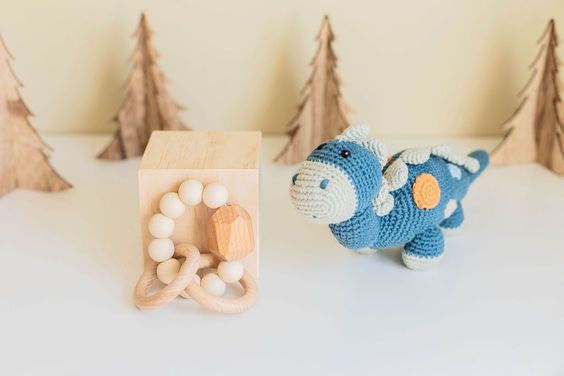
Some final thoughts…
Society tells us to have a baby we need this and we need that! We have to buy, buy, buy or we will fail as parents.
This is far from the truth.
A huge factor in being zero waste is learning not to be a part of that consumer culture. Yes there are items that you do need but there are a lot you don’t .
Before buying something always ask yourself: Can I buy It used or sustainably? Developing a minimalist mind set can really help you to figure out what is necessary and what is not.
It may be difficult to do your own thing when you have so many outside influences, but at the end of the day, it’s your baby and you can raise them any way you want.
“For me it’s not about setting unrealistic targets or putting unnecessary pressure on myself – just doing what I can, when I can, to reduce what I contribute to landfill.”- Elly Bradfield.
Interested in more eco-friendly items, check out these affordable eco-friendly baby registry picks.

